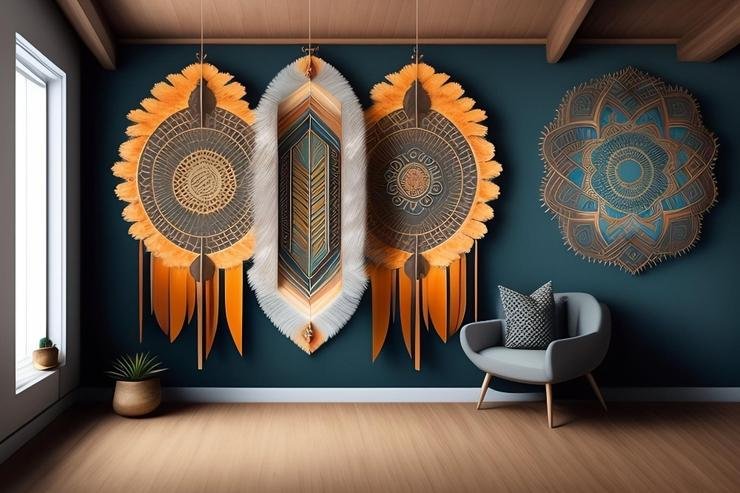What Constitutes Good Interior Design?
Interior design is crucial to any space, home, office, or retail store. Good interior design can make a space feel comfortable, welcoming, and functional. On the other hand, poorly designed spaces can be uncomfortable, confusing, and even oppressive. This article will explore what constitutes good interior design and how to achieve it.
Functionality
The first and most crucial aspect of good interior design is functionality. A well-designed space should serve its purpose effectively. For instance, a kitchen should have ample storage space and enough countertop space to cook and prepare meals. Similarly, a bedroom should have enough storage space and comfortable furniture to facilitate rest. Functionality should be at the forefront of any design decision.
Lighting
Lighting is another critical component of good interior design. A well-lit space enhances the overall aesthetic and creates a welcoming atmosphere. There are three types of lighting; ambient, task, and accent lighting. Ambient lighting provides overall illumination, while task lighting illuminates specific areas such as desks, reading corners, or kitchen countertops. Accent lighting highlights specific features such as artwork or decorative objects.
Color And Texture
Color and texture play a significant role in the overall aesthetic of a space. Choosing the right color palette can create a warm and inviting atmosphere, while different textures can add depth and interest to a room. Neutral colors such as beige, grey, and white can create a calm and relaxing environment, while bolder colors such as red and blue can add a pop of energy and vibrancy. When choosing colors, it's essential to consider a space's natural light, as this can affect how a color appears.
Furniture And Accessories
Furniture and accessories are the finishing touches that bring a space to life. When selecting furniture, it's essential to consider the scale and proportion of the room. Too large or small furniture can make a room feel cluttered or empty. It's also important to consider the functionality of each piece of furniture. A comfortable and functional sofa can create a welcoming seating area, while a well-designed dining table can facilitate enjoyable mealtimes. Accessories such as artwork, rugs, and decorative objects can add interest and personality to a room.
Balance And Symmetry
Balance and symmetry are essential aspects of good interior design. A balanced room feels visually harmonious, and every element feels like it belongs. Symmetry creates a sense of order and tranquility. When designing a room, it's essential to consider furniture, accessories, and lighting placement. A symmetrical arrangement of furniture and accessories can create a sense of order and balance, while an asymmetrical arrangement can add interest and energy.
The Importance Of Flow
The flow of a room is another crucial aspect of good interior design. The way that people move through space should feel natural and intuitive. A well-designed space should have a clear and logical flow, with each area leading seamlessly to the next. There should be enough space to move freely without feeling cramped or confined.
Sustainability
Sustainability has become an essential aspect of good interior design in recent years. Designers are increasingly using environmentally friendly materials and processes to create healthy spaces for both people and the planet. Using sustainable materials such as bamboo, cork, and recycled materials can reduce the environmental impact of a space.
Conclusion
In conclusion, good interior design carefully balances form and function. It should be both visually appealing and practical. Functionality, lighting, color and texture, furniture and accessories, balance and symmetry, flow, and sustainability are crucial aspects of good interior design. When designing a space, you can create a beautiful and functional environment by considering these elements. To learn more about interior design, you can visit JIET Jodhpur Campus.


















